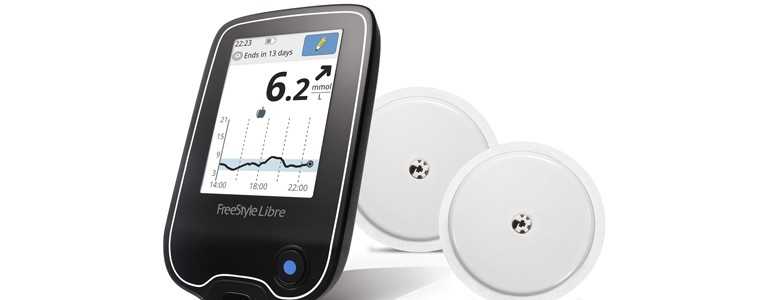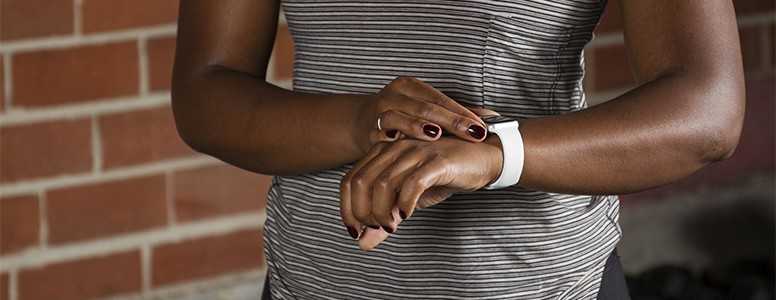Using the Freestyle Libre flash glucose monitoring system, developed by Abbott Diabetes Care, appears to significantly reduce hypoglycemia in insulin-treated patients, new research shows.
Flash glucose testing has even been found to be more effective in preventing hypoglycemia than self-monitoring of blood glucose using finger pricking, and apparently does so without raising HbA1c levels.
The Libre system is a novel glucose-sensing technology primarily aimed at type 1 diabetes patients that need tighter control of their blood sugar to delay the onset of diabetic complications and reduce exposure to hypoglycemia.
It comprises a small round glucose sensor worn for up to 14 days on the back of the arm and a scanner device that the patient waves over the sensor to obtain a reading of glucose concentrations every minute in tissue fluid surrounding the body’s cells.
Measurements can be taken through clothing and the sensor is also water-resistant.
With this system, patients are usually better informed with scans displaying both historical and current glucose trends, and thus more likely to reduce their time spent in hypoglycemia.
This has been tested in a multicenter, prospective, nonmasked, randomized controlled trial of the Libre published last week in the journal Lancet.
Researchers assessed the effectiveness of flash glucose monitoring compared with usual self blood glucose monitoring in 328 well-controlled patients (HbA1c below 58 mmol/mol or 7.5%) with type 1 diabetes from 23 European diabetes centres.
The primary outcome examined by the scientists was the change in time in hypoglycemia between the start of the experiment and after six months.
The results showed that for patients assigned to flash glucose monitoring, the mean time in hypoglycemia went from 3.38 hours per day at baseline to 2.03 hours per day at 6 months.
For the control group, using standard blood glucose testing strips, changes in the time spent in hypoglycemia were less significant, with a modest decrease from 3.44 hours a day to 3.27 hours a day by the end of the study.
Findings for flash glucose testing equate to a 38 per cent reduction in time in hypoglycemia.
For Dr Jan Bolinder, the lead author of the study, the marked reduction in time can be explained by the fact that when patients started using the Libre device, they instantly tripled their rate of self-monitoring.
Participants also reported experiencing less hyperglycemia and glucose variability while managing to stay longer in the optimum range.
Abbott’s Freestyle Libre has been licensed for use in the European Union in 2014 as a replacement for finger-stick glucose monitoring in people with any type of diabetes down to four years of age.
It is now available in 28 countries, with almost 200,000 users globally, but can’t be obtained in the United States yet.
What's new on the forum? ⭐️
Get our free newsletters
Stay up to date with the latest news, research and breakthroughs.








